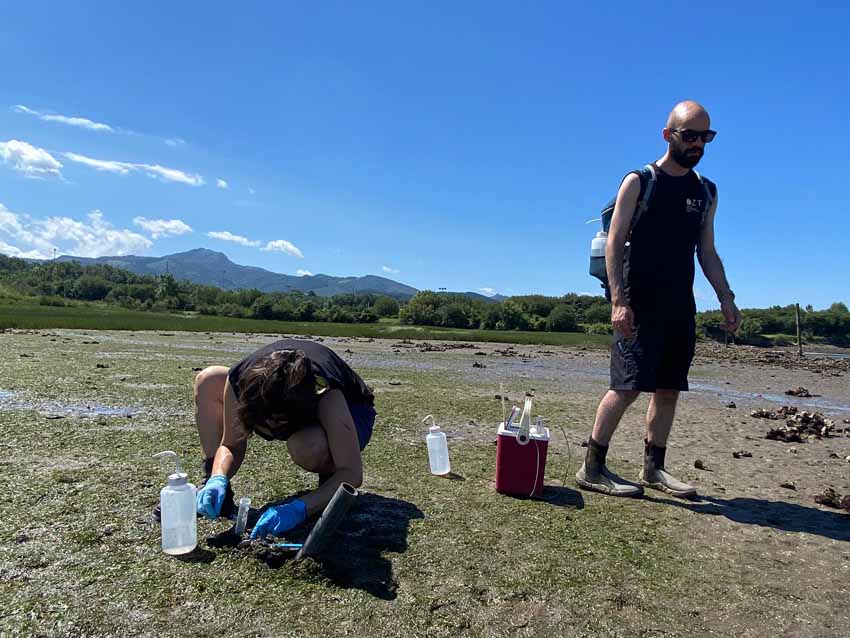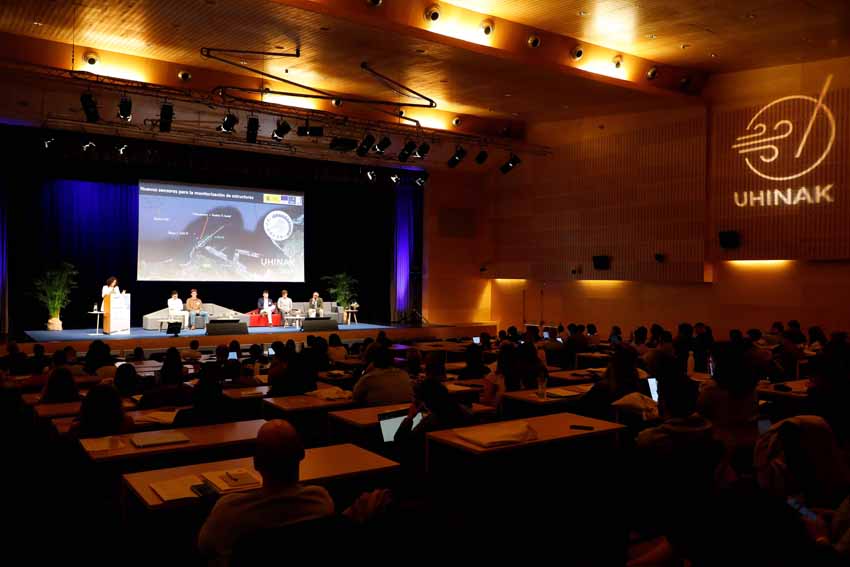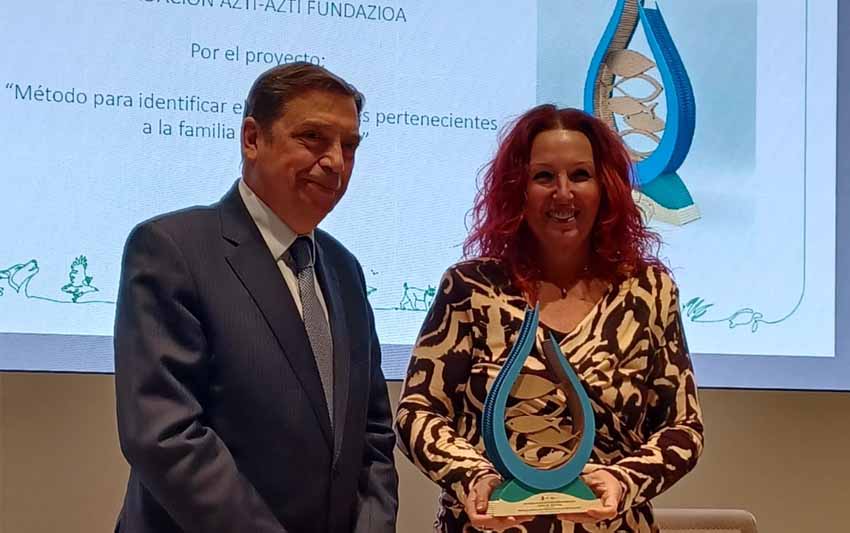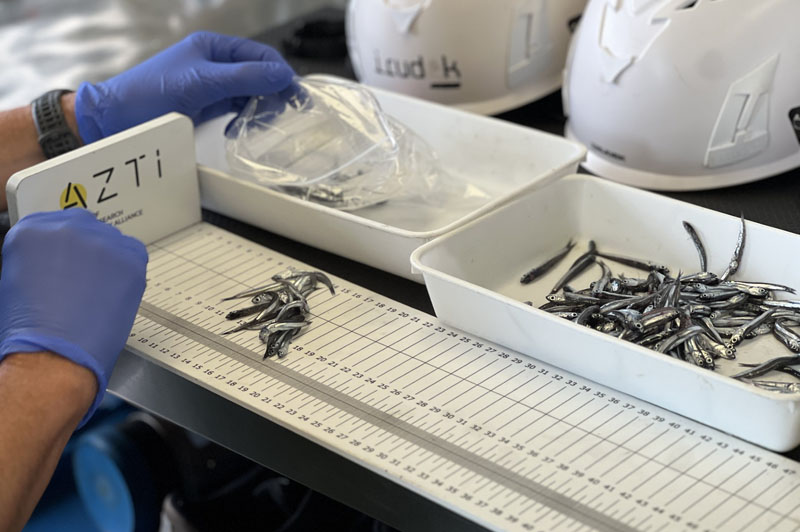International Energy Day: AZTI’s Innovations in Marine Renewable Energies
Últimas noticias
A pioneering genetic catalogue reveals hidden biodiversity in Basque estuary sediments
Uhinak Technical Committee Sets the Key Points for the 7th International Congress on Climate Change and the Coast
“We fishermen are the ones who earn the least”
JUAN BALD and IBON GALPARSORO researchers at Marine and Coastal Environmental Management
On International Energy Day, we would like to highlight AZTI’s commitment to sustainability, working for a greener and more energy-efficient future through research and innovation.
Since 2004, AZTI has been working in the field of environmental impact monitoring and assessment, operational oceanography and the development of marine spatial planning tools in order to contribute to the marine renewable energy sector (wave, wind and solar) to achieve the objectives set by the EU in a sustainable and respectful way with the marine environment.
Índice de contenidos
Environmental impact monitoring and assessment
In the field of environmental impact monitoring and assessment, AZTI has been at the forefront of implementing Environmental Monitoring Plans (EMPs) around wave energy converters operating in real conditions at sea. This has led to improved knowledge of the environmental pressures and impacts, both positive and negative, of these technologies. This improved knowledge has been used to study the impacts associated with larger scale developments, as well as to study the implementation of environmental risk-based analysis in the environmental permitting processes for these technologies.
Marine spatial planning
In the field of maritime spatial planning, specific tools have been developed for the environmental risk analysis of wave and wind energy harvesters, such as WEC-ERA and WIND-ERA, which have subsequently been implemented in a spatially explicit way through the VAPEM tool, in order to identify suitable areas from a technical, economic and environmental point of view. In this area, the characterization of the available resource through operational oceanographic tools has been key.

All of these developments have been made possible through collaborations with companies, including the infrastructure of the Biscay Marine Energy Platform (BiMEP), and public funding projects, including the recent WESE and SafeWAVE projects funded by the European Climate, Infrastructure and Environment Executive Agency (CINEA) and coordinated by AZTI.
Emerging technologies
In addition to waves and wind, AZTI is also working on the study of emerging technologies such as floating photovoltaics through the EKIOCEAN project, funded by the Department of Economic Development, Sustainability and Environment of the Basque Government through the ELKARTEK program.
Regulation, policies and strategies
Following the Paris Agreement, the Climate Emergency Declaration and the European Union’s Green Pact, ambitious decarbonization targets have been set with the aim of limiting global warming for the century to less than 2°C compared to pre-industrial times. As a result, the European Union has tightened its greenhouse gas (GHG) reduction target from 40% to 55% by 2030, based on 1990 emissions, and has proposed that the continent achieve carbon neutrality by 2050.
As part of the Green Deal, the Commission adopted the EU Offshore Renewable Energy Strategy (European Commission, 2020), which foresees an installed capacity of at least 60 GW of offshore wind and at least 1 GW of marine energy by 2030, reaching 300 GW and 40 GW of installed capacity respectively, and moving the EU towards such climate neutrality by 2050. Solar photovoltaic (PV) is also worth highlighting in this area, with nearly 17 GW of new PV capacity installed in Europe in 2019, and projections of 142 GW of PV installed globally by 2020, bringing cumulative global PV capacity from 594 GW in 2019 to 1,583 GW in 2030. The role of floating PV as an emerging technology may have promising potential in coastal and near-shore areas.







